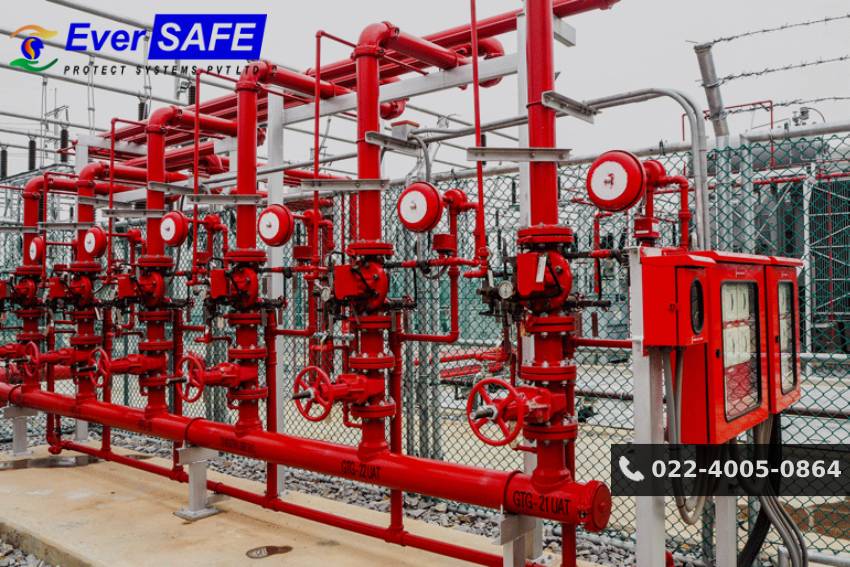Introduction:
The oil and gas industry is known for its high-risk environment, where the potential for fire hazards is ever-present. From extraction to processing and transportation, various operations within this sector pose significant fire risks. Therefore, implementing robust fire safety measures is paramount to safeguarding personnel, facilities, and the environment. This article delves into the importance of fire safety in the oil and gas industry and explores best practices and strategies to mitigate fire-related risks effectively.
Understanding Fire Hazards in the Oil and Gas Industry:
1. Exploration and Drilling Operations:
- Flammable gases and liquids are often encountered during exploration and drilling activities.
- Equipment such as drilling rigs, generators, and machinery can generate sparks or heat, increasing the risk of ignition.
- Storage of combustible materials and fluids further amplifies the potential for fire incidents.
2. Refining and Processing Facilities:
- Refineries and processing plants handle volatile substances like crude oil and natural gas, which are highly flammable.
- High-temperature processes involved in refining increase the likelihood of fire outbreaks.
- Pipelines carrying hazardous materials pose a continuous fire risk due to leaks or ruptures.
3. Transportation and Storage:
- Transportation of petroleum products via pipelines, tankers, and railroads presents fire hazards, especially in case of accidents or spills.
- Storage tanks and facilities storing flammable substances are susceptible to fire due to factors such as static electricity, equipment malfunction, or human error.
Best Practices for Fire Safety:
1. Conducting Comprehensive Risk Assessments:
- Identify and evaluate potential fire hazards at all stages of oil and gas operations.
- Assess the effectiveness of existing fire prevention and mitigation measures.
2. Implementing Stringent Safety Protocols::
- Enforce strict adherence to safety protocols, including the use of personal protective equipment (PPE) and compliance with established procedures.
- Provide comprehensive training to personnel on fire prevention, emergency response, and evacuation procedures.
3. Utilizing Advanced Fire Detection and Suppression Systems:
- Install state-of-the-art fire detection systems, including smoke detectors, heat sensors, and flame detectors, to promptly identify fire incidents.
- Deploy automatic fire suppression systems such as water sprinklers, foam systems, and gas suppression systems to contain and extinguish fires rapidly.
4. Enhancing Facility Design and Layout:
- Design facilities with fire-resistant materials and structural elements to minimize the spread of fire.
- Ensure adequate spacing between equipment and structures to prevent fire propagation.
5. Regular Maintenance and Inspection:
- Conduct routine maintenance and inspection of equipment, machinery, and fire safety systems to identify potential issues and address them promptly.
- Test and calibrate fire detection and suppression systems regularly to ensure optimal functionality.
Conclusion:
Fire safety is a critical aspect of operations in the oil and gas industry, given the inherent risks associated with handling flammable substances. By implementing robust fire prevention, detection, and mitigation measures, companies can minimize the likelihood of fire incidents and protect personnel, assets, and the environment. Through comprehensive risk assessments, stringent safety protocols, advanced fire detection and suppression systems, facility design enhancements, and regular maintenance, the industry can enhance its resilience to fire-related risks and ensure a safer working environment for all stakeholders.’

